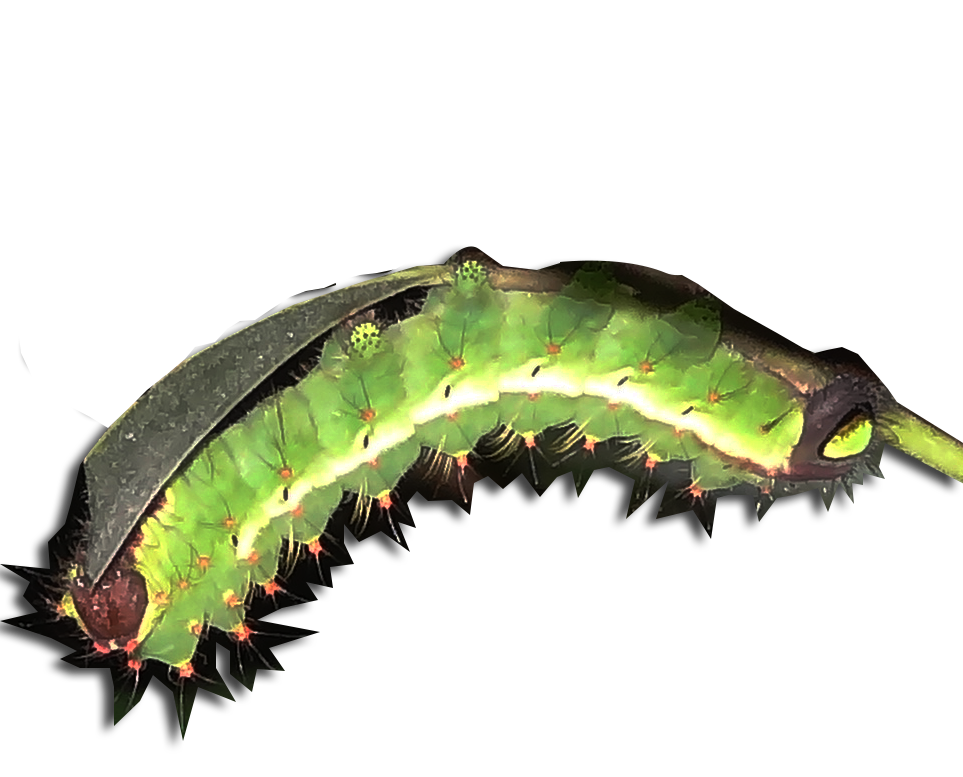Mulberry Crop Production Technology

Soil
- Clayey loam to loam soils are much preferred.
- Soil pH 6.5 to 7.0 is very ideal.
- If soil is acidic (below pH 7.0) lime is added.
- If soil is alkaline (above pH 7.0) gypsum is added.
Temperature
- Preparation of nursery beds 20 to 30°C temperature is suitable for mulberry plant growth.

Rainfall
- Optimum rainfall required -1000 – 1500 mm.
Nursery raising
- Season: June-July and November-December in the year.
- Variety : V1 or S36

Land Preparation
- Select elevated, flat,well drained light textured, deep loamy or clay loamy soil.
- Give deep digging/ploughing two times in both the directions.
- Give a fine tilt after 10-15 days of digging/ploughing.
- Prepare the bed size of 300 x 120 cm (Length and width).
- Provide drain channels of 25-30 cm width and 15-20 cm deep.
- Apply 20 kg FYM/ bed.
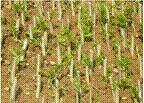
Preparation of cutting
- Use eight months old twigs as planting material.
- Prepare cuttings of 15-20 cm length and 1-1.5 cm diameter having 3-4 active buds
- Store the cuttings wrapped with wet gunny cloth in shade.
- Sprinkle water if transplantation is extended/postponed.
Planting Techniques
- Provide 20 cm spacing between rows and 8 cm between cuttings.
- Make holes with a stock in the soil to insert cuttings.
- Plant the cutting in slant position.
- Press the soil firmly around the cuttings.
- Provide mulching with dried mulberry twigs, thatch etc.
- Irrigate the nursery once in a week during dry period.
Maintenance of mulberry nursery
- Irrigate the nursery once in a week during dry period.
- Keep the nursery bed weed free.

Fertilizer application to nursery
- After 55-60 days of growth, apply 500 g ammonium sulphate or 250 g urea dissolved in the irrigation water for each bed.
Disease and pest management in the mulberry nursery
- Spray 0.1% DDVP against Tukra.
- Spray 0.1% Bavistin against powdery mildew.
Transplanting
- After three to four months, saplings become ready for transplanting.
- Irrigate the nursery beds prior to transplanting.
- Uproot the saplings with a spade or pick-axe.
- Sprinkle water in case of preservation for shorter duration.
- Pack the saplings in wet gunny cloth to avoid desiccation of roots if long distance transportation is required.
Plantation in the main field
Season : June – September (During monsoon).
Land preparation
- Prepare the land by ploughing and cross ploughing with power tiller or tractor during pre monsoon showers to a depth of 30 cm.

Preparation for paired row plantation
- Paired rows system of (150 cm + 90 cm) × 60 cm spacing is recommended.
- In this type of plantation 13,887 plants can be accommodated in one ha of land.
- This system of spacing facilitates adoption of mechanization for intercultural operations using tractor/power tiller.
- Transplant the saplings during monsoon and press the soil firmly around the sapling.
- Mulch the base of the sapling with dry leaves/ thatch/mulberry twigs.
- Water the sapling immediately after transplanting.
Crop management practices
- Give a light hoeing after one month of plantation to eliminate weeds and for aeration.
- Give two more weeding and light digging at an interval of one month.
- Irrigate the plants as and when necessary.
- Apply FYM @ 25 MT/ha/year.
- From 2nd year onwards apply NPK @ 350:140:140/ha/year.
- Five crops can be taken from V1 or S36 variety/year.
Name of the Technology : “POSHAN” a multinutrient formulation to control the nutrientdeficiencies in mulberry.
Year of Recommendation : 21.11. 2011
Salient features of the technology:
- A multinutrient formulation of balanced nutrients along with growth promoters for correcting nutrient deficiencies in mulberry.
- Provides nutrients for rapid utilization and faster recovery of deficiency than soil application.
- Improves mulberry leaf quality (total proteins – 45.93 %; total sugars – 46.34 % & leaf moisture content – 20.98 %) and reduction in leaf yield loss up to 30.77 % in comparison to nutrient deficient control.
- Improves the leaf quality and yield up to 15-20% even in good gardens.
- The technology is farmer friendly as only one spray/crop is recommended for improving the quality of leaf thereby reducing the cost of cultivation.
- C: B ratio of Poshan application is 1: 7.00
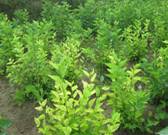
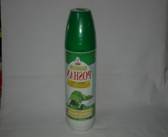

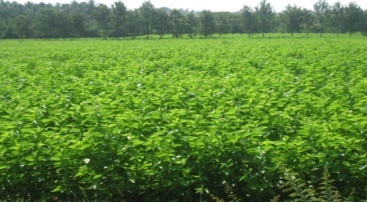
Method of application:
- Dilute 1 liter Poshan with 140 liters of water and spray on one acre of mulberry (@ 7ml /L)
- Spray on mulberry foliage, 25 to 30 days after pruning or leaf picking during early hours of forenoon between 8 AM to 11AM till drenched.
Cost of POSHAN per liter : Rs150/-
Source:
Central Sericulture Research & Training Institute, Mysore, Karnataka
